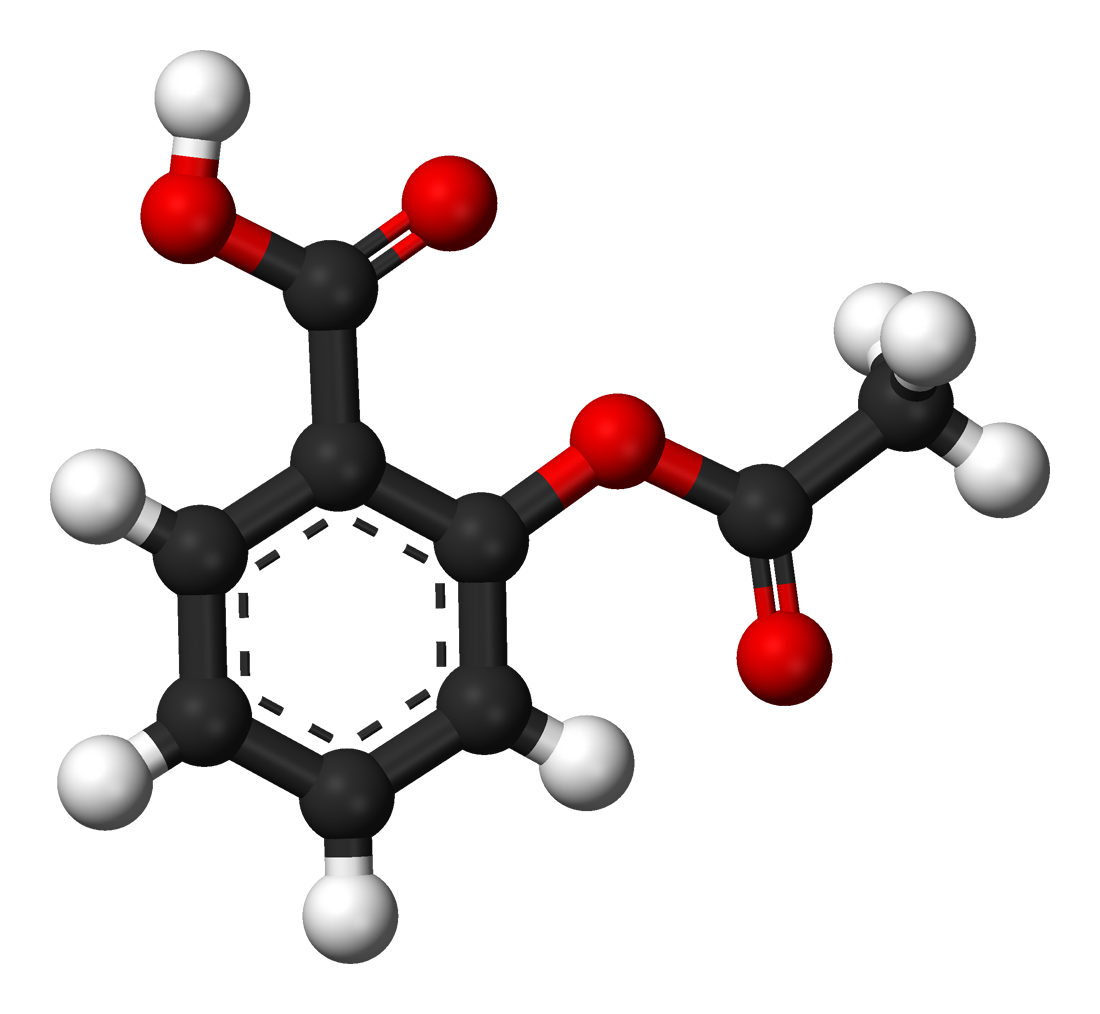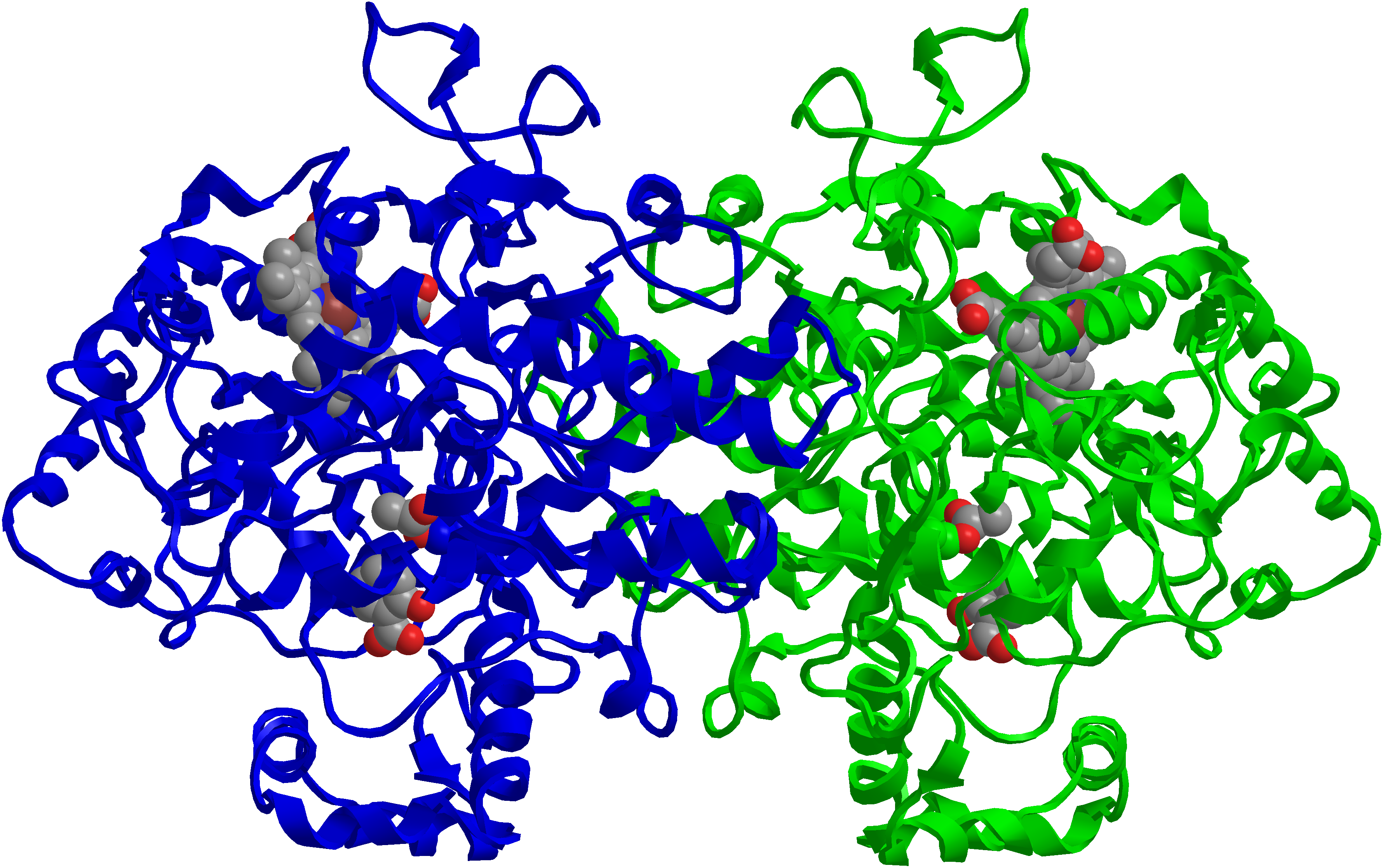A tree bark suspension and a Nobel Prize later … We wonder less about the structural basis of the action of aspirin
Today we have another guest post, from Lawrence Norris of @BlackPhysicists: A super read that charts how the everyday drug aspirin went from being ancient medicine to how modern crystallography could explain how it works. Enjoy!
Today's post spans the bridge between ancient pharmacognosy and modern biophysics. The history of aspirin and its medical use can be traced back to the second millennium BC. Medicines from willow and other salicylate-rich plants appear in the Egyptian pharmacology papyri. Hippocrates, the father of modern medicine, administered willow tree bark to women to help relieve pain associated with childbirth. Later the tree bark was used to alleviate general pain and fevers.
In 1763 Oxford University chemist, Edward Stone, isolated the active compound from Hippocrates' preparation, which turned out to be salicylic acid. In 1853 French chemist Charles Frédéric Gerhardt synthesized acetylsalicylic acid, albeit in an unstable and impure form. In 1897 German chemist Felix Hoffman, working for Bayer, first synthesized pure acetyl salicylic acid, which later became known as aspirin. Bayer took aspirin to market almost immediately, and established a complete market association of Bayer AG with the drug. "Bayer Aspirin" had been on the market for nearly 50 years when Wheatley determined the crystal structure of aspirin in 1964 [1]. There have been several reports of an elusive second crystal polymorph of aspirin. (See 7 Feb 2014 post on this blog.)

"Aspirin-3D-balls". Licensed under Public domain via Wikimedia Commons.
Aspirin took on the moniker of "wonder drug" as it worked wonders against the miseries of aches, pains, fever and inflammation, and scientists wondered why. Here is where the story of aspirin merges with the Nobel Prize winning work of Bergstrom, Samuelsson and Vane [2]. This trio and their co-workers elucidated the structure [3] and function of prostaglandins, which are paracrine hormones that mediate many physiological functions having to do with platelet aggregation and smooth muscle tone. They identified prostaglandin H synthase (PGHS) as being the key control point enzyme in the "prostaglandin cascade". Vane in particular showed that it was possible to block the synthesis and thus the action of prostaglandins with aspirin [4].
Still it was not known exactly how aspirin works. Enter the work of Picot, Loll and Garavito who solved the crystal structure of PGHS (aka COX) in 1994 [5]. It bears mentioning here that the crystallization of PGHS, being a membrane protein, was a tour de force in protein crystallography. When its structure was published in 1994, there were less than a dozen other membrane proteins in the PDB database.

"COX-2 inhibited by Aspirin" by Jeff Dahl – self-made, release to public domain. Licensed under Public domain via Wikimedia Commons.
Following their initial work, Loll et al. were able to solve the structure of the enzyme with aspirin bound [6], and also with other drugs that compete with aspirin in the marketplace, e.g. ibuprofen [7]. Others showed how Naproxen (Alleve) binds to the enzyme [8]. Aspirin, it turns out, is an irreversible inhibitor of PGHS. It acetylates a key serine residue in the enzyme's active site, and that prevents the natural substrate from situating itself for productive enzyme activity.
Alas, though, this is not the whole story of how this wonder drug works physiologically. Recent results indicate that aspirin is an antiporter partner to protons in mitochondria. Also aspirin apparently induces formation of inflammation-reducing NO radicals, and signaling through NF-κB.
References
[1] Wheatley, P. J. "The crystal and molecular structure of aspirin." J. Chem. Soc., 1163 (1964), 6036-6048, 10.1039/JR9640006036
[2] "The Nobel Prize in Physiology or Medicine 1982". Nobelprize.org. Nobel Media AB 2014. Web. 25 Nov 2014. <http://www.nobelprize.org/nobel_prizes/medicine/laureates/1982/>
[3] Abrahamsson, S. "A direct determination of the molecular structure of prostaglandin F2-1." Acta Crystallographica 16.5 (1963), 409-418, 10.1107/S0365110X63001079
[4] Vane, J. R. "Inhibition of prostaglandin synthesis as a mechanism of action for aspirin-like drugs." Nature 231.25 (1971): 232-235, 10.1038/newbio231232a0
[5] Picot, D, P. J. Loll, and R. M. Garavito. "The X-ray crystal structure of the membrane protein prostaglandin H2 synthase-1." Nature 367.6460 (1994), 243-249, 10.1038/367243a0
[6] Loll, P. J., D. Picot, and R. M. Garavito. "The structural basis of aspirin activity inferred from the crystal structure of inactivated prostaglandin H2 synthase." Nature Structural & Molecular Biology 2.8 (1995), 637-643, 10.1038/nsb0895-637
[7] Selinsky, Barry S. et al. "Structural analysis of NSAID binding by prostaglandin H2 synthase: time-dependent and time-independent inhibitors elicit identical enzyme conformations." Biochemistry 40.17, 5172-5180, (2001), 10.1021/bi010045s
[8] Duggan, Kelsey C. et al. "Molecular basis for cyclooxygenase inhibition by the non-steroidal anti-inflammatory drug naproxen." Journal of Biological Chemistry 285.45 (2010), 34950-34959, 10.1074/jbc.M110.162982






